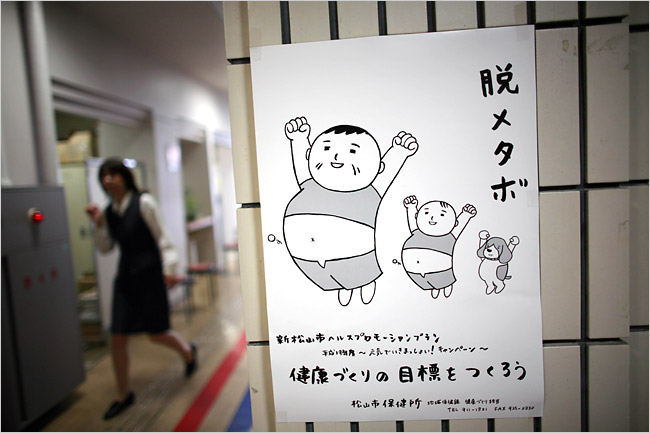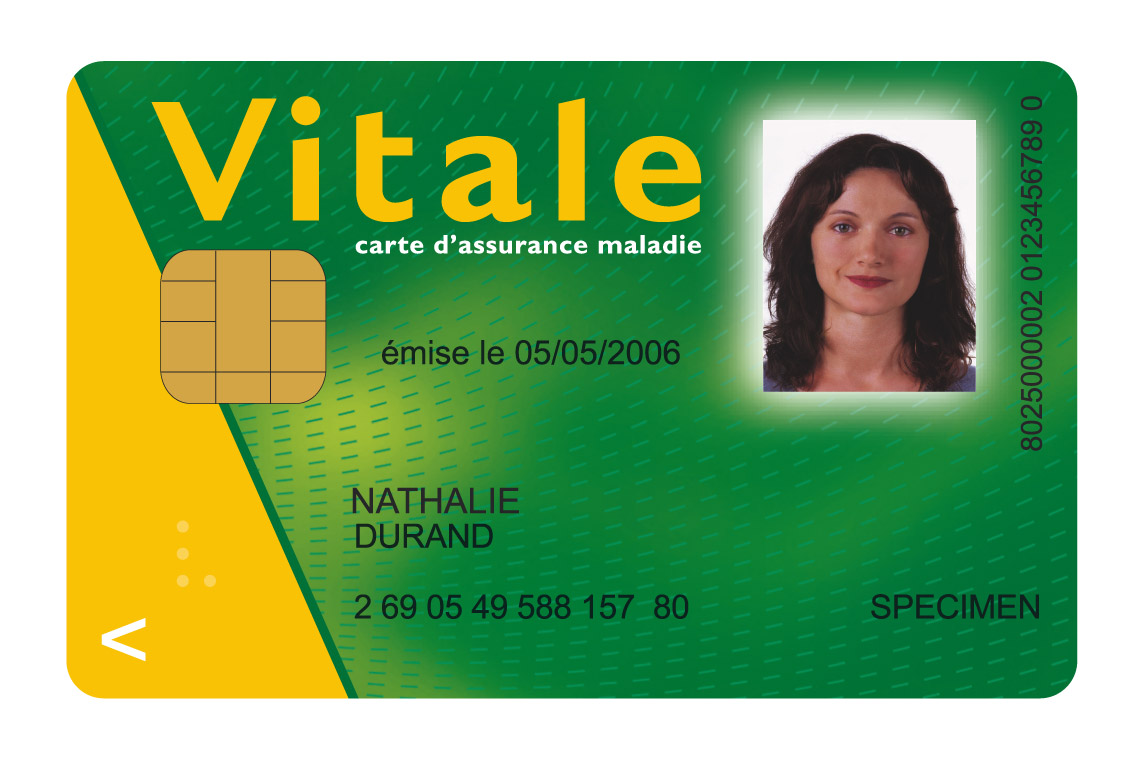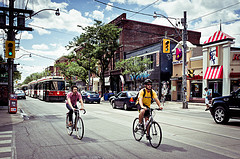…..But first, a look back at Silos in the ChangeEngine world:
Thanks to everyone who has provided feedback, either in the comments section of Silos or Silos II, The Power of the Triple-S, in person, or as Michelle and Rodney did, in full fledged posts on ChangeEngine. Excellent discussions have been taking place, and I want to encourage that to continue. Challenge yourself and your colleagues:
What is the box you are in, for better or worse, and how can seeking partnerships or experience outside those parameters benefit your organization AND the community you live in?
Good luck, and keep us all posted! Link back to Silo Breakers as you post about your efforts, use a hashtag (I’ll defer to Hasdai on how to do that), and talk to friends and strangers… (Ed: Thanks Adam. It’s @ChangEngine #breakoutchallenge on Twitter, facebook.com/ChangingMedia, or email hasdai@changingmediagroup.com).
——-
Okay, this week, we touch upon the issues raised in posts about bicycling this past Spring (B’More Bike Friendly, Bikemore in Baltimore, and I Bike, You Bike, We Bike!) but with a wider lens. Although the previous posts brought up the local ramifications of taking cars off the roads, getting more of our community off the couch and out of the drivers seat, and so forth, today we will take a further step back to look at the transportation trends across the country and the world.
As was noted in the recent post by Stu Sirota, Our Trillion Dollar Dirty Little Secret, transportation funding in the United States is hyper-focused on roads and bridges. It’s not an unreasonable priority. The road infrastructure throughout the nation is vast, adding up to just over 2.5 million miles of pavement (not including the quadrillions of acres that make up parking lots and such things). We rely on roads and bridges for transport and economic vitality.

Image credit: Wikimedia Commons
The trouble is that those pesky roads share some unfortunate traits with us — they get stiff in the winter, squishy in the summer, and show the effects of age sooner than they feel like they should (“I swear it was only yesterday that 695 and I were at the prom together, young and fresh, and now look at us, full of potholes and cracks!”). The context in which this massive infrastructure was built was far different, and the maintenance costs increase over time. The current political climate has not been productive for passing thoughtful, long-term legislation of any sort, and future transportation bills may face the same problems.
As Sirota points out in his piece, the network of roads and associated development that have grown out of the national highway building efforts of previous decades have initially eased and then subsequently caused congestion and a need for expansion and development.
Shifts in our expectations about transportation, urbanization, work and play are undergoing a generational shift, however, which may reverse or at least force a reassessment of earlier priorities. New industries and young workers have a greater interest in working and living in urban areas, rather than suburban software parks for instance.
OK, so great, good for U.S.; we’re progressive as hell and living the green dream, right? Well, no, of course not. America will continue to rack up miles on our cars, build roads while others crumble, and generally remain a servant of the internal combustion engine. But things will improve, of course — better gas mileage, improved bike/car education, and pro-environmental youth will vote with their dollars more and more as they join the labor force.
Other places in the world however, are on a different trajectory:

Image credit: European Environment Agency
The developing world has long epitomized a biking culture for decades, and although many people now own Motos (mopeds, scooters, or other low-powered motorbikes) and aspire to own their own car, bikes still fill the streets. India and China in particular are projected to experience a massive increase in car ownership in the coming decades, fueled (ha) in part by their own domestic auto industries.

Image Credit: Wikimedia Commons
This trend is going to have a massive impact on vehicle emissions in coming years, but with any luck, the exploding population of car owners will be the proud owners of smaller, more fuel-efficient cars than were typical in the United States — imagine millions upon millions of Cadillac Eldorados cruising the Chinese landscape. At the same time, heavy industry in these countries will likely benefit from a greening culture as well as more efficient technologies, decreasing environmental impact.
This ebb and flow of transportation and urban fashions both here and around the world will have profound and lasting effects on our lives, our economy, our health, and our city. Baltimoreans have a particular responsibility to share innovations, be good ambassadors when traveling or hosting international guests, and break out of our regional and national silos when we engage in the online community.
Baltimore shares many characteristics with cities in the developing world — substantial industry presence, high poverty and disease burden, and vibrant pockets of entrepreneurship and innovation. We must share our lessons learned, reach out to inspire others, learn from disparate cultures with similar characteristics, and change the world.










